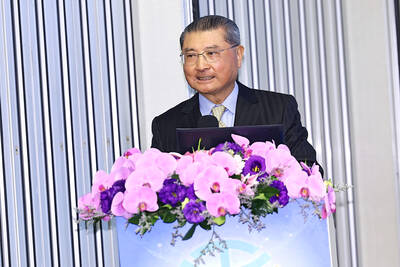Apple co-founder Steve Jobs pushed the envelope many times when it came to product design, and the results weren’t always pretty. Here are seven products created under his direction that failed commercially or functionally:
Apple III (1981): The successor to the very popular Apple II was focused on business users and priced accordingly. Unfortunately, the hardware was unreliable. Apple lost the business market to the IBM PC, launched the same year, and a fast-expanding market of PC clones.
Lisa (1983): The first commercially produced computer with a graphical user interface cost US$9,995 when it was launched. It quickly fell into the shadow of the cheaper Macintosh, launched a year later.
NeXT Computer (1989): Jobs’ venture after being forced out of Apple created a computer that was in many ways ahead of its time, but in the vein of the Apple III and Lisa, it was also too expensive to catch on with mainstream users.
Puck Mouse (1998): The new iMac was the first major product created after Jobs’ return to Apple in 1996, and it was a big success, despite its tiny, round mouse. Users couldn’t tell which way it was oriented by feel, and it tended to disappear in the cup of the hand, making it hard to use.
The Cube (2000): This small desktop computer was beautifully encased in a cube of clear plastic. It won design awards, but was a flop in stores because of its high price. It also didn’t really offer any functional benefits over other Macs.
iTunes phone (2005): Apple first ventured into the cellphone business by forming a partnership with Motorola Inc to launch the ROKR in late 2005. As a phone, it was decent if unexciting, but as a music player, it fell far short of the iPod. It could only hold 100 songs and transferring them from the computer was a slow process.
Apple TV (2007): Apple’s foray into the living room featured a small box that connected to a TV and to a Mac in the home. A tiny remote allowed the owner to play music and movies from the PC on the TV. It was expensive, at US$249, and complicated to set up and use. Last year, Apple introduced a much improved, cheaper Apple TV designed to connect directly to the Internet.

When an apartment comes up for rent in Germany’s big cities, hundreds of prospective tenants often queue down the street to view it, but the acute shortage of affordable housing is getting scant attention ahead of today’s snap general election. “Housing is one of the main problems for people, but nobody talks about it, nobody takes it seriously,” said Andreas Ibel, president of Build Europe, an association representing housing developers. Migration and the sluggish economy top the list of voters’ concerns, but analysts say housing policy fails to break through as returns on investment take time to register, making the

‘SILVER LINING’: Although the news caused TSMC to fall on the local market, an analyst said that as tariffs are not set to go into effect until April, there is still time for negotiations US President Donald Trump on Tuesday said that he would likely impose tariffs on semiconductor, automobile and pharmaceutical imports of about 25 percent, with an announcement coming as soon as April 2 in a move that would represent a dramatic widening of the US leader’s trade war. “I probably will tell you that on April 2, but it’ll be in the neighborhood of 25 percent,” Trump told reporters at his Mar-a-Lago club when asked about his plan for auto tariffs. Asked about similar levies on pharmaceutical drugs and semiconductors, the president said that “it’ll be 25 percent and higher, and it’ll

CHIP BOOM: Revenue for the semiconductor industry is set to reach US$1 trillion by 2032, opening up opportunities for the chip pacakging and testing company, it said ASE Technology Holding Co (日月光投控), the world’s largest provider of outsourced semiconductor assembly and test (OSAT) services, yesterday launched a new advanced manufacturing facility in Penang, Malaysia, aiming to meet growing demand for emerging technologies such as generative artificial intelligence (AI) applications. The US$300 million facility is a critical step in expanding ASE’s global footprint, offering an alternative for customers from the US, Europe, Japan, South Korea and China to assemble and test chips outside of Taiwan amid efforts to diversify supply chains. The plant, the company’s fifth in Malaysia, is part of a strategic expansion plan that would more than triple

Taiwanese artificial intelligence (AI) server makers are expected to make major investments in Texas in May after US President Donald Trump’s first 100 days in office and amid his rising tariff threats, Taiwan Electrical and Electronic Manufacturers’ Association (TEEMA, 台灣電子電機公會) chairman Richard Lee (李詩欽) said yesterday. The association led a delegation of seven AI server manufacturers to Washington, as well as the US states of California, Texas and New Mexico, to discuss land and tax issues, as Taiwanese firms speed up their production plans in the US with many of them seeing Texas as their top option for investment, Lee said. The